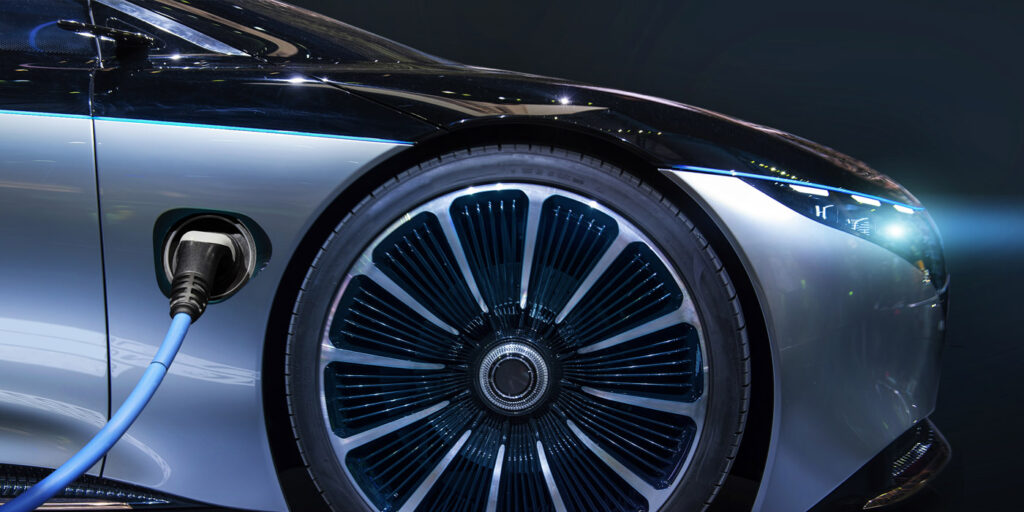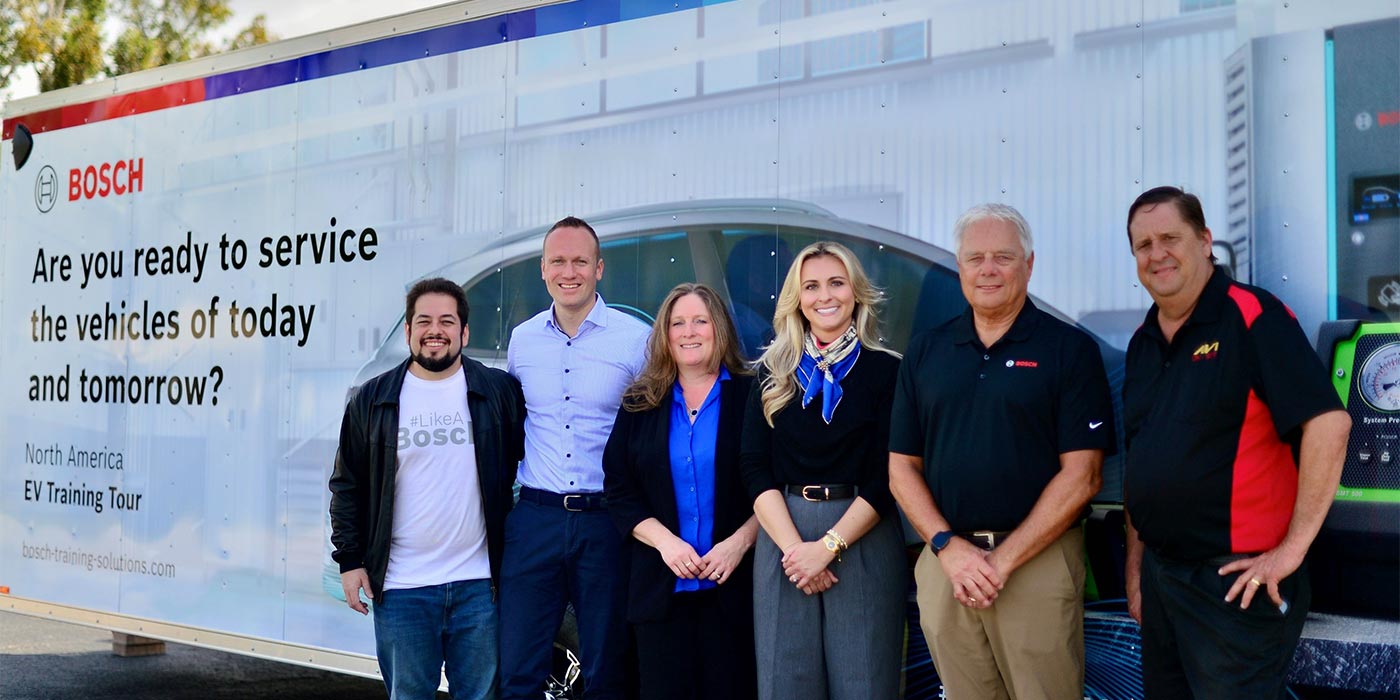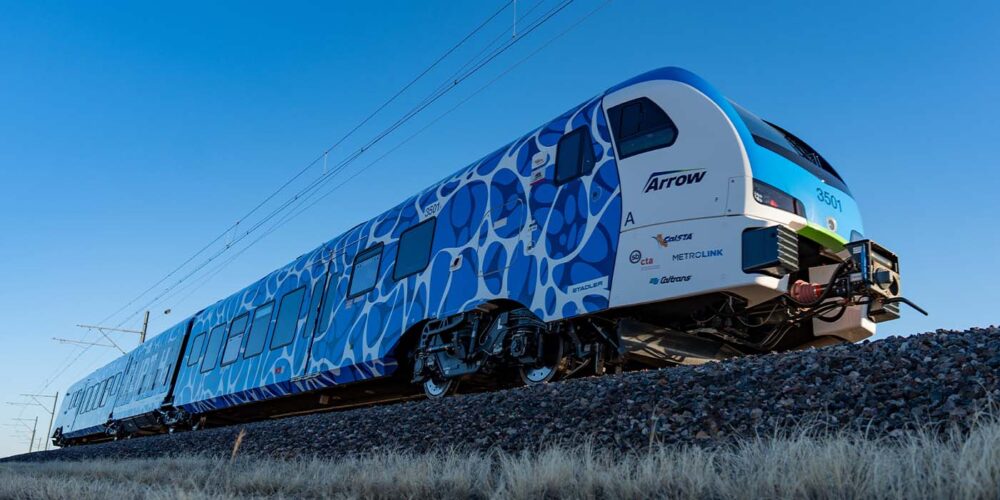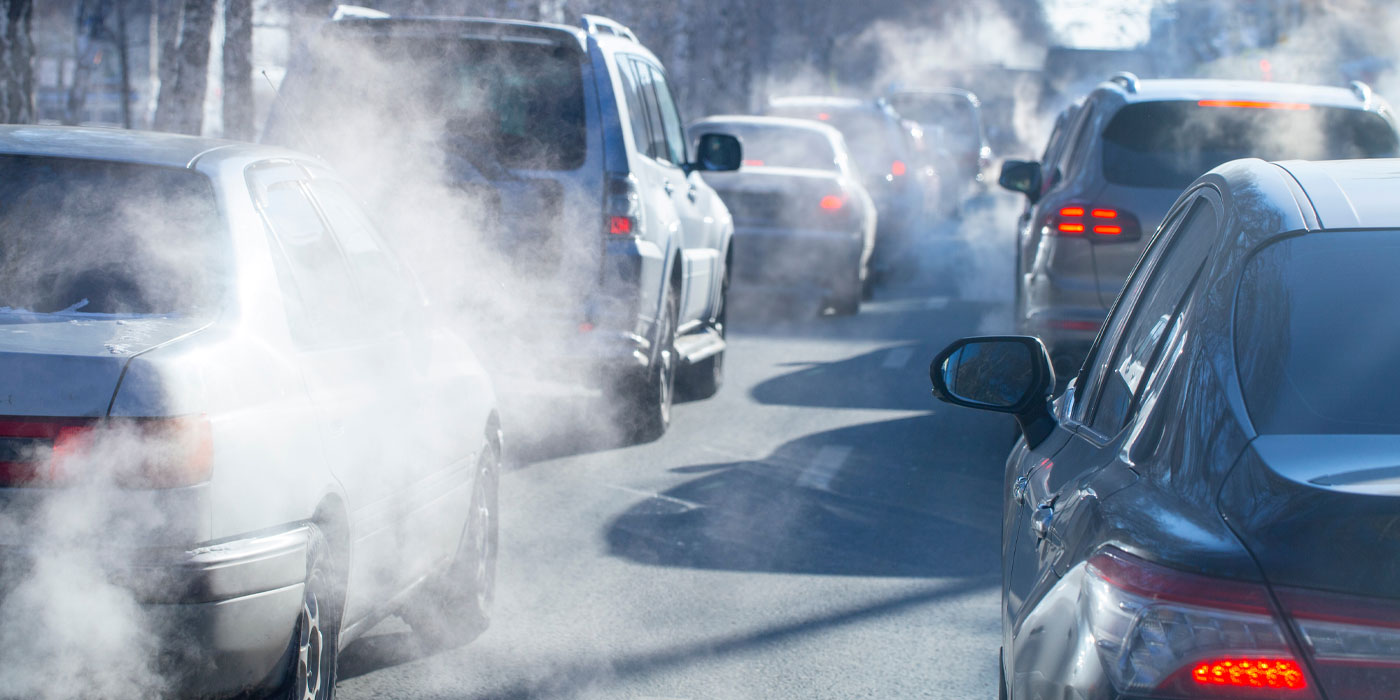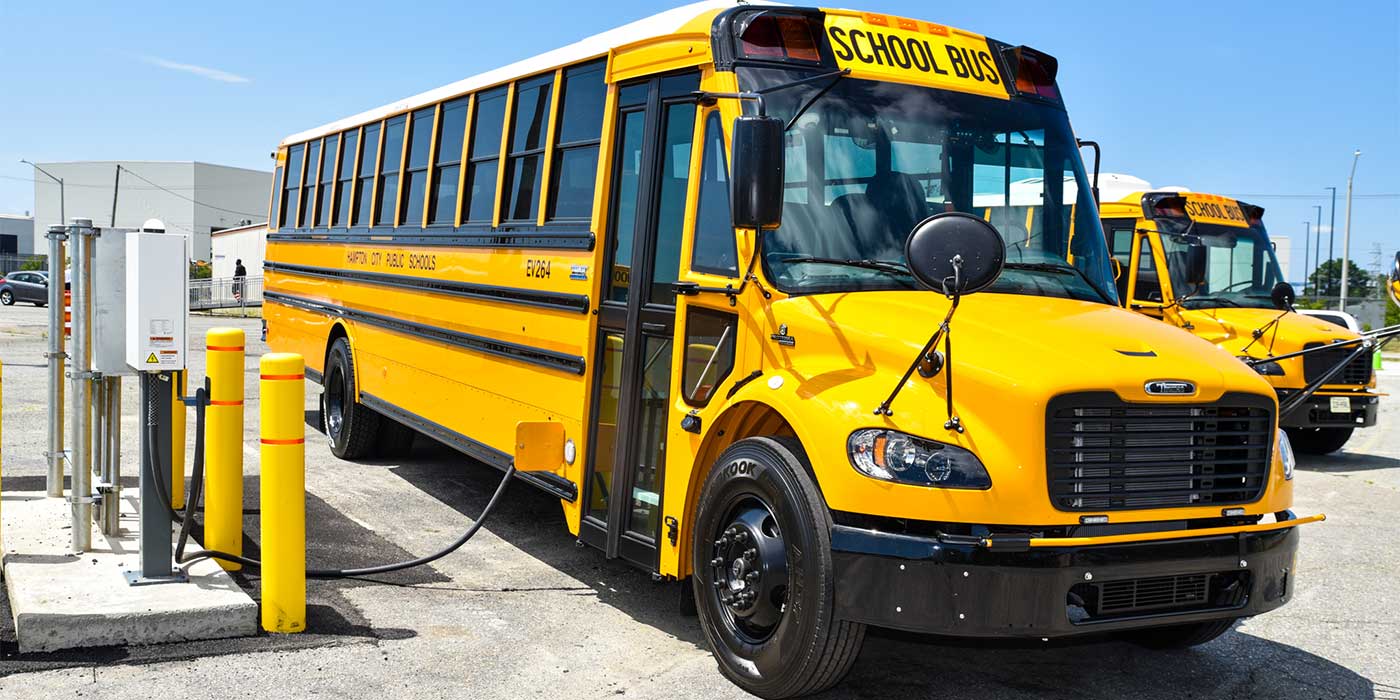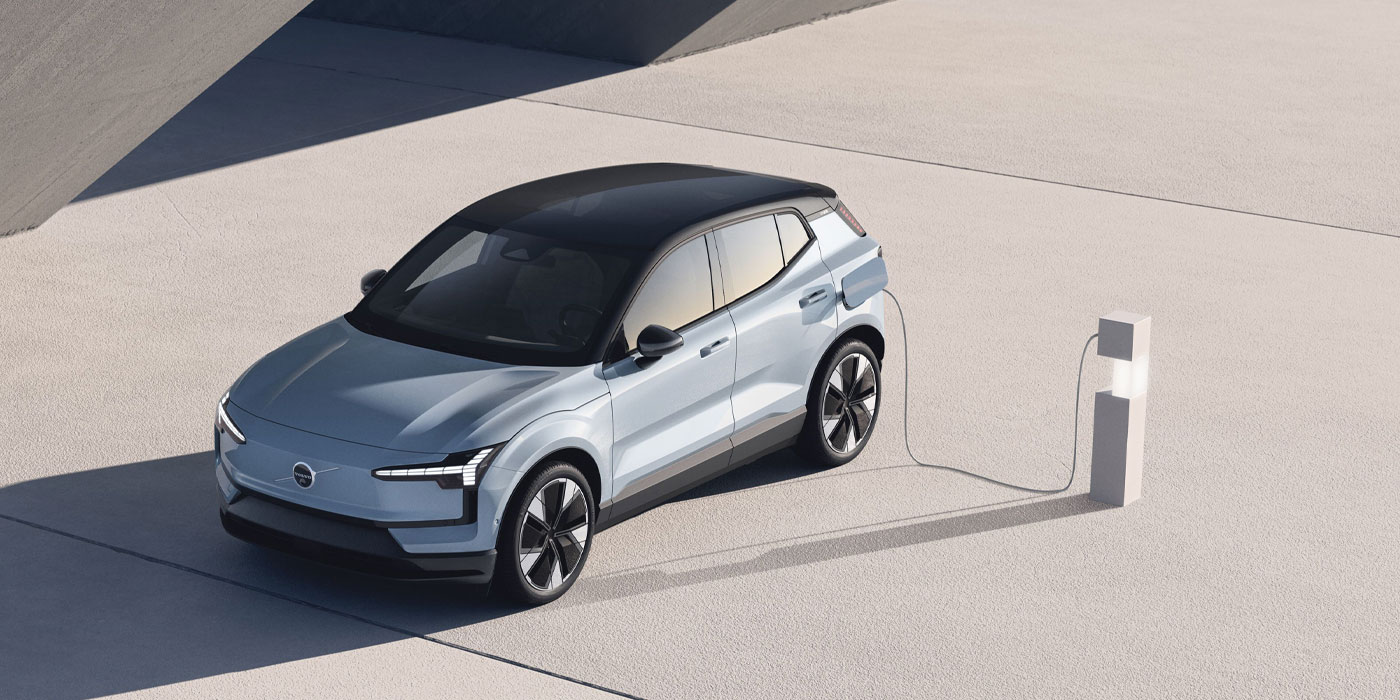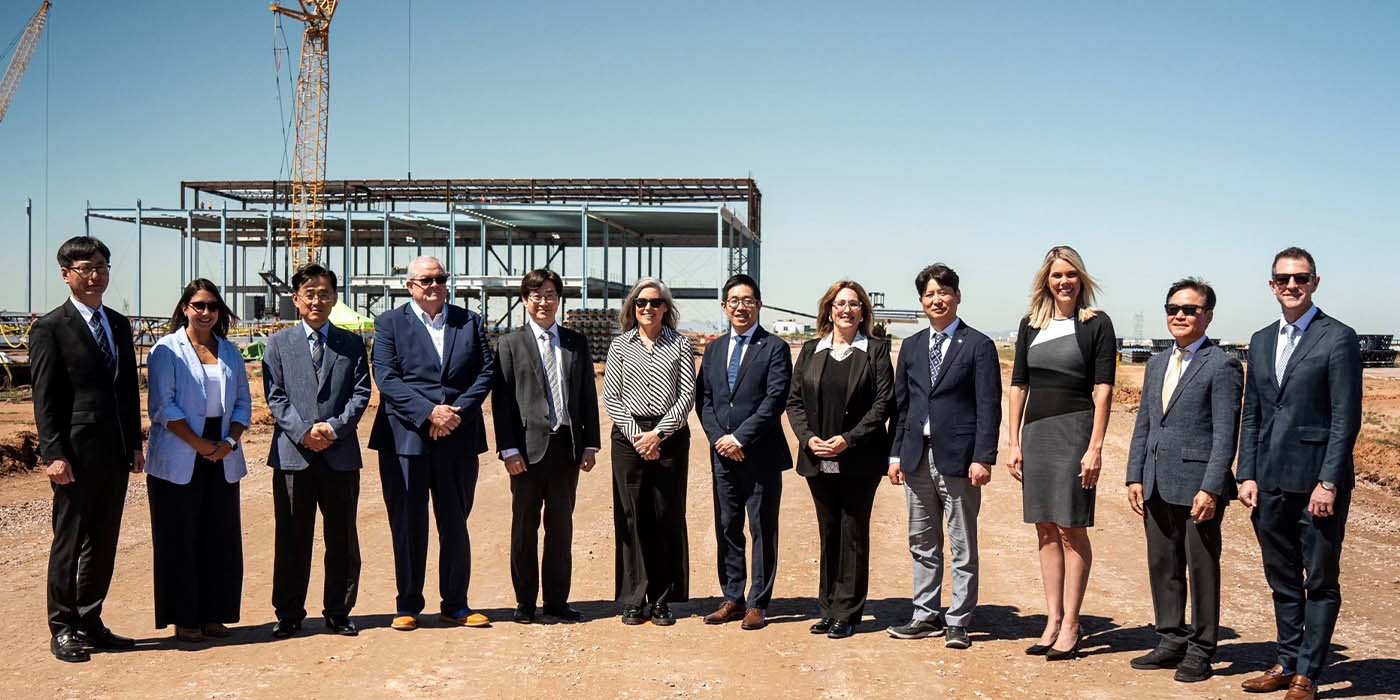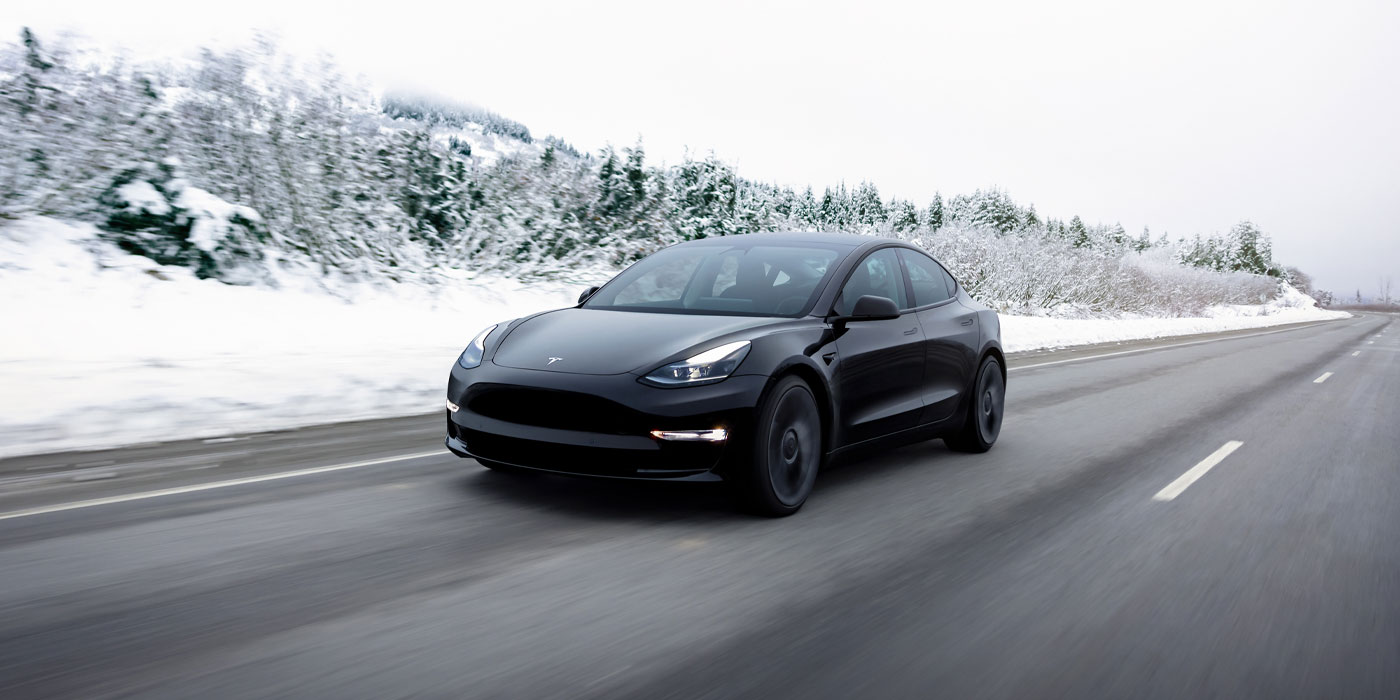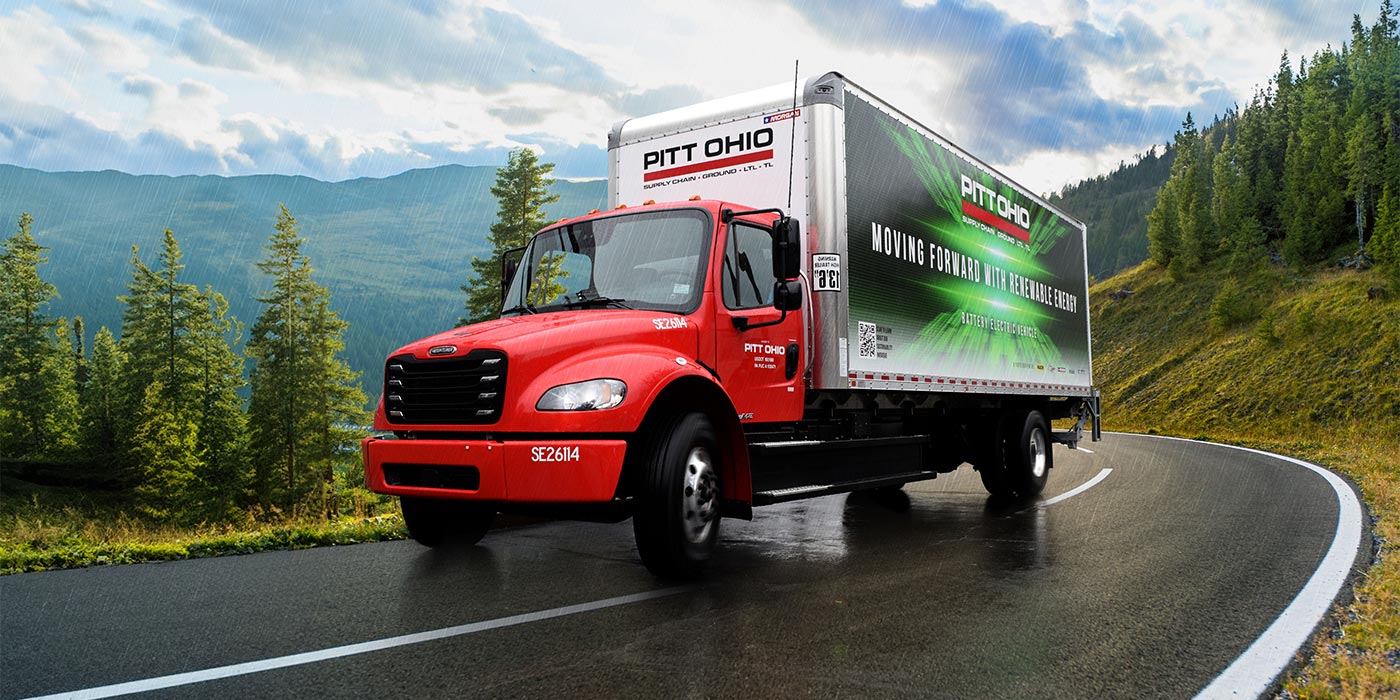New automotive technologies are the foundation of the future global vehicle parc that will be characterized by connected, electric, autonomous and fleet-owned and operated vehicles for passenger and commercial mobility and logistics. It is the characteristics of these vehicles and their evolving OEM and aftermarket user needs that are determining the design, composition, manufacturing, distribution and sale of tires.
According to a new study from Smithers, “The Future of Fleet Tires to 2026,” the prospects for tire breakthroughs over the next five years are strong. For example, intelligent tires with sensors to communicate tire pressure or replacement needs, or non-pneumatics, such as Michelin’s Uptis EV tire being developed with GM, are among innovations that are shaping the future of the tire industry. While it’s not clear how quickly such innovations will scale up, they will be enormously significant in addressing the needs of fleets in general, and specifically those of connected, electric, autonomous and shared vehicles.
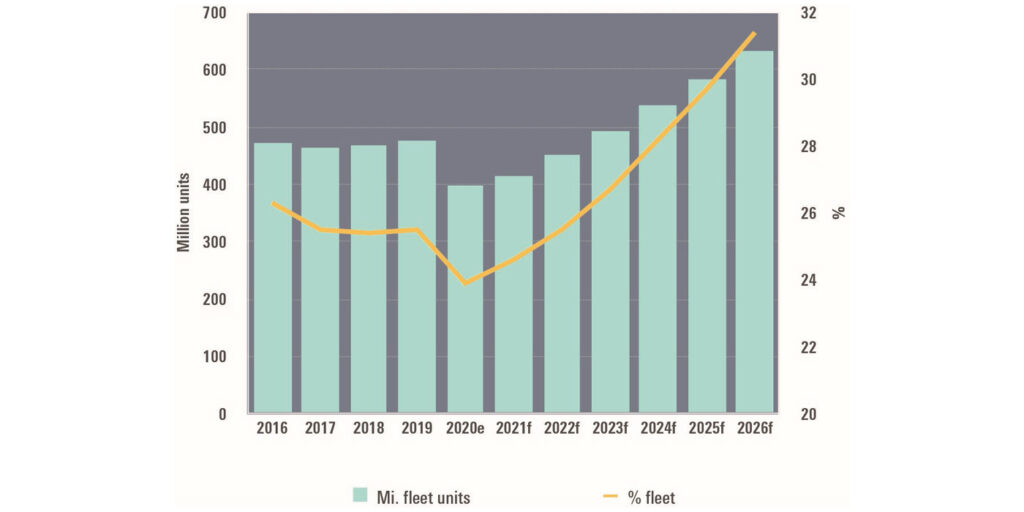
Fleet tire demand
Despite setbacks due to COVID-19 and its major disruptions in economic activity and transportation, the trend toward growing fleet tire consumption is bolstered by the pursuit of greater efficiencies in commercial transport and the emergence of car- and ride-sharing fleets in personal transportation.
Demand from the fleet channel for light vehicle and truck and bus tires is estimated by Smithers to be $64.6 billion in 2021. It is expected to outpace the overall tire market in its recovery from the COVID-19 downturn, growing 8.7% per year through 2026. In unit terms, this translates to over 413 million units in 2021 and nearly 634 million in 2026, with an annual growth rate of 8.9%.
This attractive growth rate is the product of an overall rebound from a still-low base year in 2021, and a rebound in the rate of fleet penetration, first returning to its historical range by 2023. It will rise further as mobility trends, vehicle technology and scale economies of larger fleets begin to transform the composition of vehicle and tire markets.
The impact of COVID-19
COVID-19 has affected the global economy, collapsing vehicle and equipment production sales and usage, as well as tire production and trade. Despite this virus-fueled crisis, and the susceptibility of densely populated areas to the spread of disease, global urbanization is shaping economic growth, mobility and the transportation outlook for vehicle and tire markets. Urban concentration will continue to grow as a result of the pursuit of economic opportunity, societal trends and government policies.
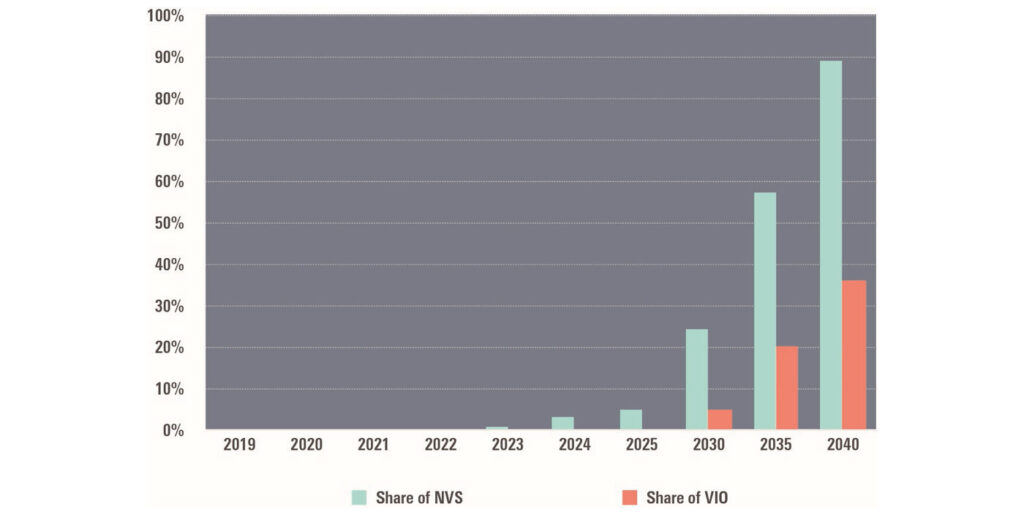
The tire industry has specifically experienced a sharp contraction in sales due to halted new vehicle production, reduced miles driven, slower tire wear and replacement, and postponed purchases. There has also been reduced investment in technology adoption due to changing affordability and public health concerns. Uptake curves for key technologies, such as connectivity, electric vehicles, autonomous vehicles, have been shifted out about three years, according to Smithers’ research.
The transforming fleet tire market
Michelin, Bridgestone, Goodyear and Continental are all prominent global leaders in the fleet tire market, offering tires, technologies and programs to support fleet customers. The value chain and product flow is straightforward but involves additional players such as fleet management companies (outsourcing partners of some fleets, especially of corporate cars), sensor companies and external technology vendors with tools that help to automate tire inspection for high-volume fleet traffic. The most significant development is the aggressive expansion of OEMs into the fleet space, namely GM and its BrightDrop EV delivery vehicle ecosystem introduced this year. This model can transform how fleets operate and are managed, with implications for tire development, management and replacement. Beyond GM, many OEMs are becoming increasingly active in enhanced and broader EV offerings for fleets.
The vehicle market is gearing up for a large historical shift in mobility that will define the post-2026 period (especially 2030-2040). Immediate priorities for tire companies involve helping fleets address known unmet needs, such as full-time and fleet-wide optimized tire pressure. This can be accomplished with practices and technologies both outside and inside the tire. Other areas of immediate importance include the ongoing need for lower tire rolling resistance and specific tires for electric and autonomous vehicles (AV). Intelligent tires will be a key enabler of the new era of mobility. The best technology solutions and those that are first to market will have a chance to support standardization.
Opportunities farther along the adoption timeline include the “Tires as a Service” model, following the migration from product to service that will characterize all mobility. This implies innovative and adaptive partnership with increasingly large and sophisticated fleet customers, as well as collaboration with OEMs and other technology partners, which may include tire dealers, who could capture more of the data (and value) associated with connected mobility.
Tires for EVs
The movement of the transportation market toward alternative powertrains (hybrid, plug-in hybrid and electric) is well underway with the full support of most automakers and governments. The proliferation of EVs will be driven by economic factors, environmental policy and regulation, as well as the public’s evolving perception and embracement of the technology. Currently, the drive toward electrification has slowed due to the COVID-19-related recession, low fuel prices and the relatively high cost of electric motors vs. internal combustion engines. The desire to conserve internal corporate liquidity is also a primary concern. As demand for EVs resumes, the transformation of tires is critically needed to support electrification and eventually autonomous vehicles. Tires must join the rest of the vehicle in connectivity through sensors or other systems, providing real-time data on tire inflation, condition and wear.
Autonomous vehicles
Most major automotive companies see autonomous driving as a great opportunity and have been investing major resources. However, due to the COVID-19 recession, AV progress is even more suppressed than electrification. For electric vehicles, the rationale is energy efficiency and vehicle emissions; with AVs, the rationale is safety. Autonomous driving represents a game-changing opportunity as well as the greatest challenge in automotive development.
In addition to safety, the long-term transition to autonomous vehicles will be driven by the need to reduce urban congestion and optimize vehicle utilization through ride-sharing. These changes, which are detailed in the Smithers market report “The Impact of Ride Sharing on Tire Markets to 2024,” will transform passenger mobility and much of commercial transport, particularly in urban areas. With the adoption of autonomous vehicles for passenger transportation, the tire market will shift dramatically to companies and fleets.
Service implications
While automakers focus on manufacturing shifts and EV introductions that capture the public’s attention, tire dealers and auto repair shops and their service technicians need to figure out the best way to prepare to service these new vehicles. Shops in urban areas that ignore or delay preparation for the growth in EVs will eventually hurt their bottom line. The adoption rate in less populated areas, like rural communities, may remain small for a longer time.
To get an idea of how quickly things are moving, the number of EVs being sold in a particular community can be researched by shop owners using vehicle sales data and observation of vehicles on the road. In turn, technicians should first build their knowledge base by reading about EVs and the coming autonomous technologies and then seek out proper training as these vehicles come into the shop.
The growing EV population combines information technology and automotive service skills, which will eventually require a new generation of diagnostic and scanning equipment for troubleshooting and computer updates. The timeframe for this skill and equipment ramp up again depends on the rate of adoption in a shop’s local market, but it is coming. As the market shifts, technicians will need to seek training classes that cover sensors and other new vehicles technologies, high-voltage battery safety and service, and OEM-recommended tooling for electric motors.

